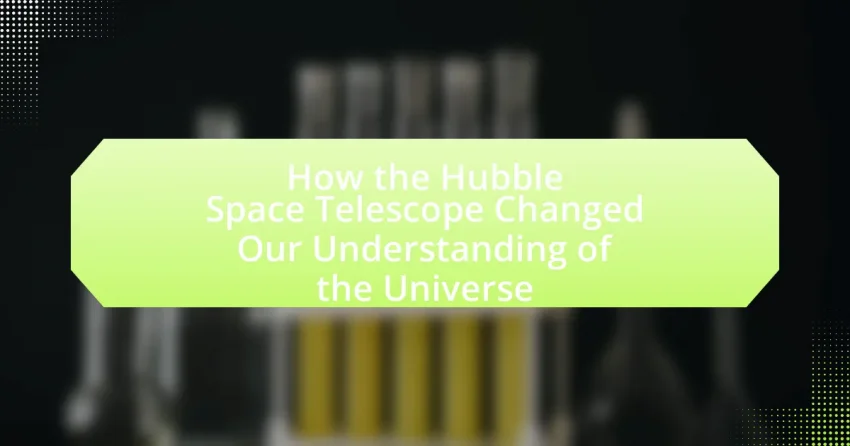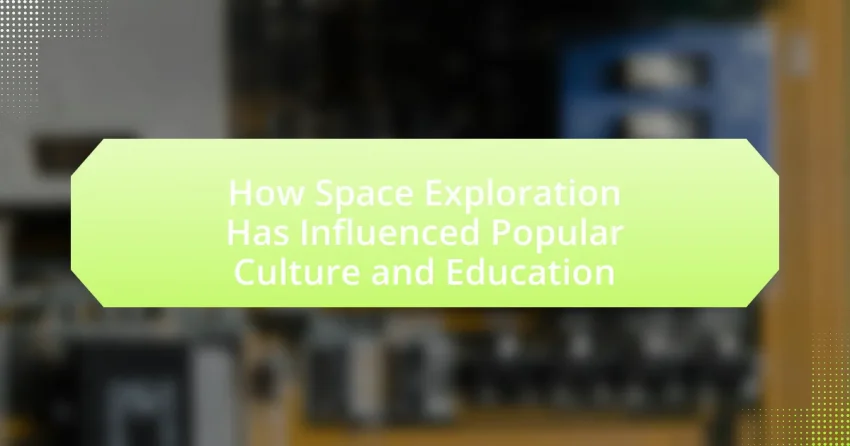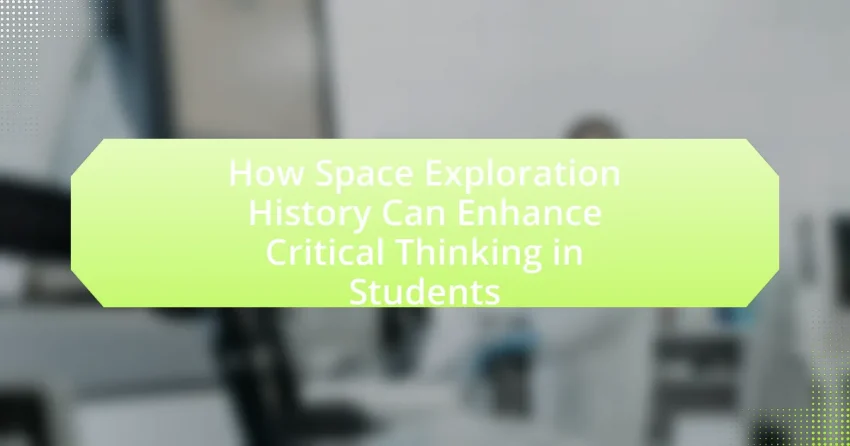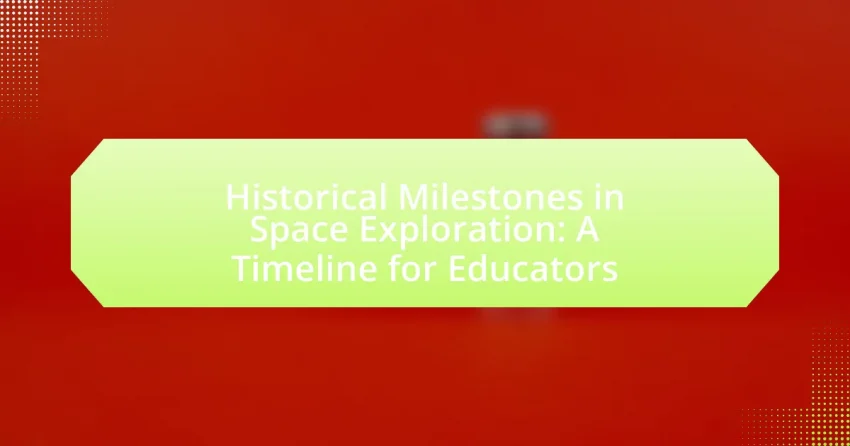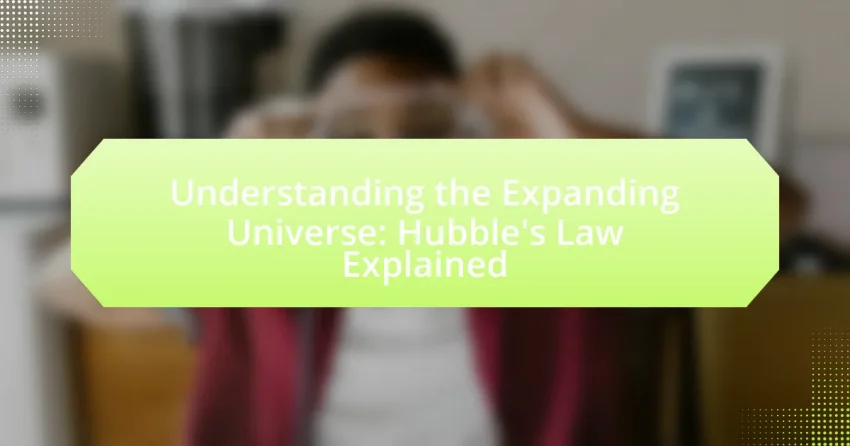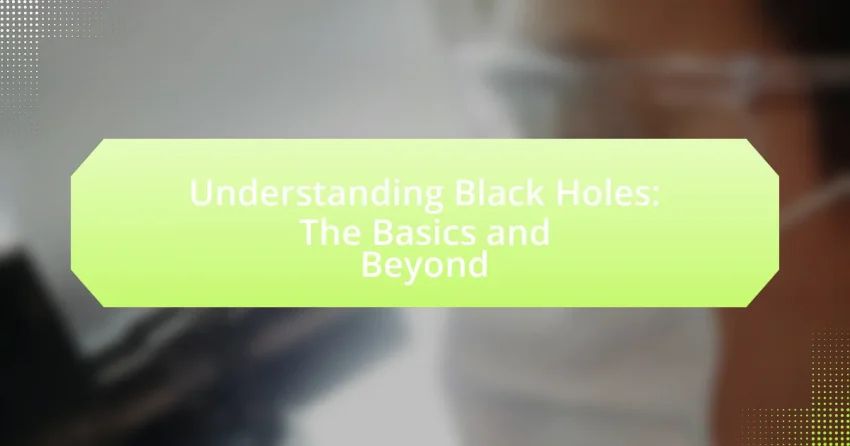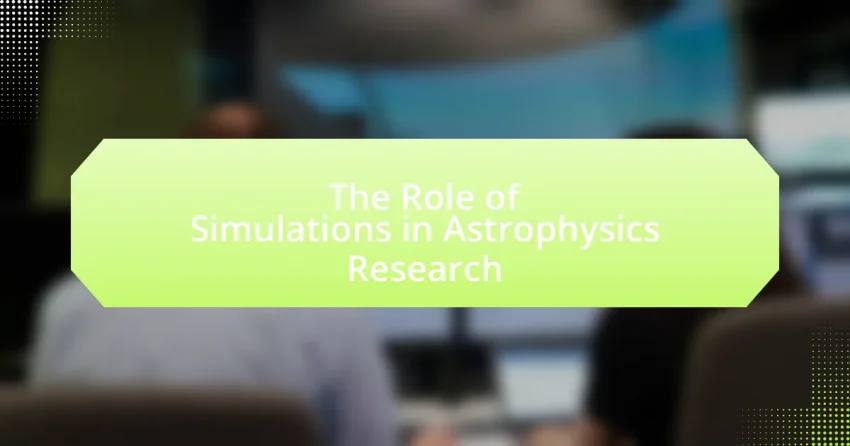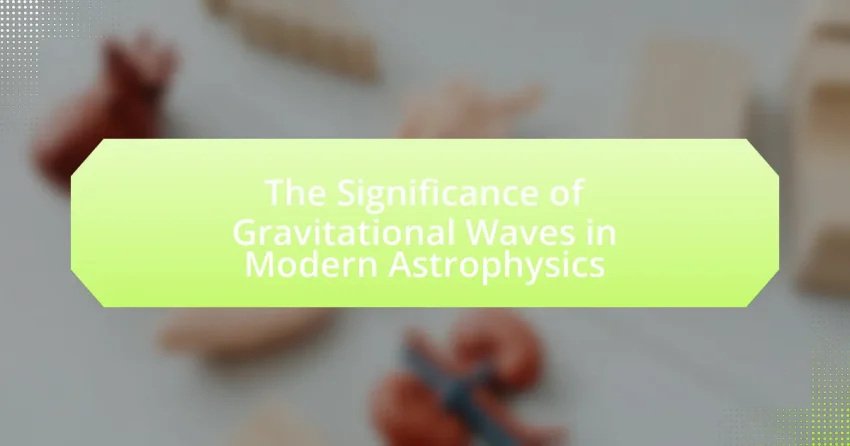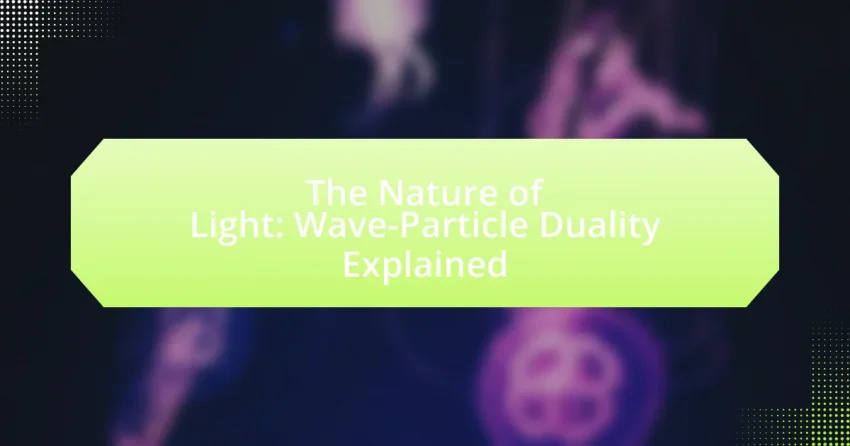The Hubble Space Telescope, a collaborative project between NASA and the European Space Agency, was launched on April 24, 1990, and has since revolutionized our understanding of the universe. This article outlines the telescope’s development, motivations for its creation, and the challenges faced during its design and launch. It highlights significant upgrades made over the…
How Space Exploration Has Influenced Popular Culture and Education
Space exploration has profoundly influenced popular culture and education, shaping artistic expressions, media narratives, and public interest in science and technology. Key events, such as the Apollo moon landing, have inspired a surge in science fiction literature and films, while television shows and documentaries have engaged audiences with themes of adventure and the unknown. The…
How Space Exploration History Can Enhance Critical Thinking in Students
The article examines how the history of space exploration can enhance critical thinking skills in students. It highlights key milestones such as the Apollo 11 mission and the Mars Rover missions, illustrating how these events serve as real-world examples of problem-solving, innovation, and interdisciplinary collaboration. The discussion includes the influence of the Space Race on…
Historical Milestones in Space Exploration: A Timeline for Educators
The article “Historical Milestones in Space Exploration: A Timeline for Educators” outlines significant events that have shaped humanity’s journey into space. Key milestones include the launch of Sputnik 1 in 1957, the first human spaceflight by Yuri Gagarin in 1961, and the Apollo 11 moon landing in 1969. It also highlights the importance of international…
Understanding the Expanding Universe: Hubble’s Law Explained
The article focuses on the concept of the Expanding Universe and Hubble’s Law, which describes the observation that galaxies are moving away from each other, indicating a continuously growing universe. Hubble’s Law, formulated by Edwin Hubble in 1929, establishes a mathematical relationship between the recessional velocity of galaxies and their distance from Earth, supporting the…
Understanding Black Holes: The Basics and Beyond
Black holes are regions in space characterized by an intense gravitational pull from which nothing, not even light, can escape. They form from the gravitational collapse of massive stars and can be classified into three main types: stellar, supermassive, and intermediate black holes. The article explores the formation processes of black holes, their properties, and…
The Role of Simulations in Astrophysics Research
Simulations are essential tools in astrophysics research, enabling scientists to model complex cosmic phenomena that are difficult to observe directly. This article explores the role of simulations in understanding various astrophysical phenomena, including galaxy formation, black hole dynamics, and dark matter behavior. It discusses the methodologies and computational techniques used in these simulations, their comparison…
The Significance of Gravitational Waves in Modern Astrophysics
Gravitational waves are ripples in spacetime generated by the acceleration of massive objects, such as merging black holes and neutron stars. Their detection has revolutionized astrophysics by providing a new observational method that complements traditional electromagnetic observations, allowing scientists to study cosmic events that were previously invisible. The article explores the significance of gravitational waves,…
The Life Cycle of Stars: From Birth to Death
The life cycle of stars encompasses several stages, including stellar formation, main sequence, red giant or supergiant phase, and eventual death, which can result in white dwarfs, neutron stars, or black holes. Stars originate from nebulae, where gas and dust collapse under gravity to form protostars, leading to nuclear fusion in the main sequence phase….
The Nature of Light: Wave-Particle Duality Explained
The article focuses on the nature of light, specifically exploring the concept of wave-particle duality. It defines light as electromagnetic radiation that exhibits both wave-like and particle-like properties, supported by key experiments such as the double-slit experiment and the photoelectric effect. The article outlines the fundamental properties of light, its interactions with matter, and the…
